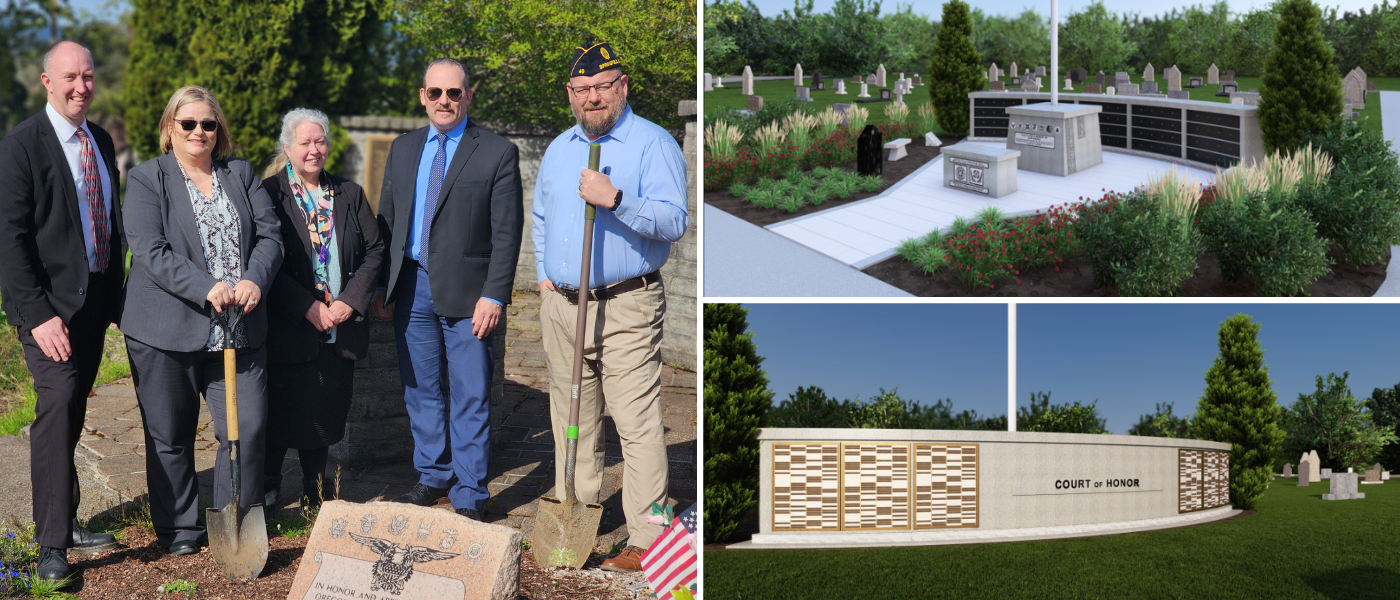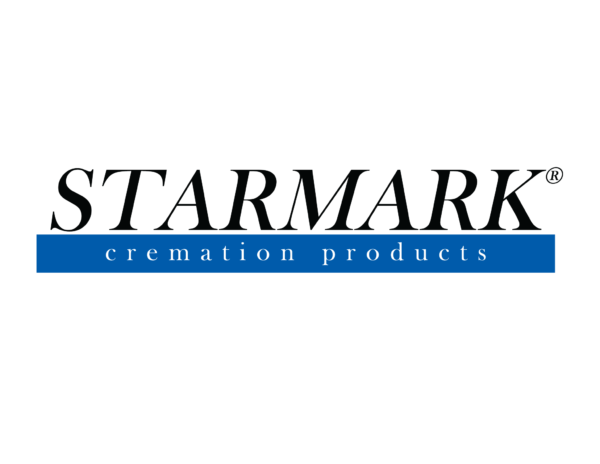Industry Professionals Discuss the Future of Funerals
Thanks to Connecting Directors contributing writer Eric Pereira for covering this webinar!
Cremation Association of North America (CANA) and DISRUPT Media recently hosted a “What’s the Future of Funerals?” webinar where several professionals in the industry held a discussion on what lies ahead for funerals in light of several adjustments being made due to COVID-19.
The panelists participating were:
- Glenda Stansbury, Vice President with InSight Books;
- Dean Lambert, Senior VP of Marketing and Communications at Homesteaders Life Company;
- Rahsaan Brown, CEO and Owner of Blue Nebula Consulting;
- Ryan Thogmartin, DISRUPT Media owner and CEO of ConnectingDirectors.com;
- Moderators: Jeff Harbeson, Director of Cash Flow Solutions at C&J Financial, and Barbara Kemmis, Executive Director at CANA.
To watch the webinar click here.
Harbeson kicked off the event with the first question: What was the most surprising thing that came from this COVID-19 experience from your perspective?
Stansbury said she was interested by how fast funeral homes adapted in the pandemic, such as learning how to utilize Facebook Live and ZOOM. She emphasized many funeral professionals had to ditch the “we’ve always done it that way” mentality.
Thogmartin thinks the profession has changed in a rapid manner, “I think covid has thrusted us five years in the way we use technology,” he said.
He highlighted the importance of giving customers tools to engage with the funeral home to learn things like cost estimation, pre planning or even purchasing the funeral through an online medium.
Post-pandemic plans
Funeral professionals have to continue to push the envelope by harnessing the power of relationships and make it a focal point of their marketing. “We’ve relied on just people walking through a door as a way to grow market share,” Thogmartin said. He also emphasized the importance of data which can be utilized to address customer desires.
Lambert noted that funerals planned (at-need and preneed) on eFuneral are typically 15% higher as a transaction amount, compared to in-house planning. When presented with “good-better-best” options, consumers often justify higher spending, which results in an overall growth in sales.
“When you put the power in the consumers hands, you’d be surprised at what they convince themselves to do,” Lambert said.
Brown expanded on Harbeson’s point that receiving more death calls doesn’t necessarily mean you’re making more money. Brown (referencing data from NCi Directions and askwonder.com) said the gross profit margin has been in decline for some time now.
He said most recently, the average net margin has declined to 6-7% for independent funeral homes. “What you have brewing here if we’re not careful is like the perfect storm,” Brown said. “The crude death rate is going to continue to go up. Starting 2020, for the next 20 years we’re going to see a huge spike. And we got a little bit of a taste of that here with covid.”
Brown also noted an acute rise in cremation rates plus a decrease in religiosity and the value of service. This makes it a priority to build value, relationships and a service offering that speaks to consumer needs and wants.
Is personalization possible without driving families to the Internet?
This ultimately led to a big picture discussion on what funeral professionals need to offer to the consumer. Harbeson started by saying funeral professionals have to break the mold of being an “order taker” and be creative in sharing what’s available.
“Share what products are available, give them ideas, actually put together a scenario where they can walk somewhere and actually see it,” he said. “Take pictures of past successes that the family would allow to share.”
This led to a conversation about a funeral home’s brand. Lambert reminded the attendees that a funeral professionals No. 1 job is to help consumers tell the story of someone’s life.
This includes getting people engaged (and yes) excited about doing business with you.
“… the person [and business] that’s going to win is going to be the one that uses all of the tools at their disposal. —social media, broadcast, whatever it is,” Lambert said. “You’ve got to tell your story proactively so people know going in, what they can have.”
Looking internally
Brown mentioned the importance of focusing on your staff at the funeral home as well. “We have to make sure that our team, our staff survives, and thrives during this time to be able to implement those adaptations and evolutions to the model.”
In closing, Harbeson mentioned how most funeral homes went through an increase in volume, and not necessarily in profit.
“Now is the time when you’re catching your breath, to retrain your staff, redo your general price list, to get your overheads in line…because it’s an ongoing battle,” he said. “There may be some days that are light, and some days that are heavy, but the bottom line is it doesn’t stop.”




